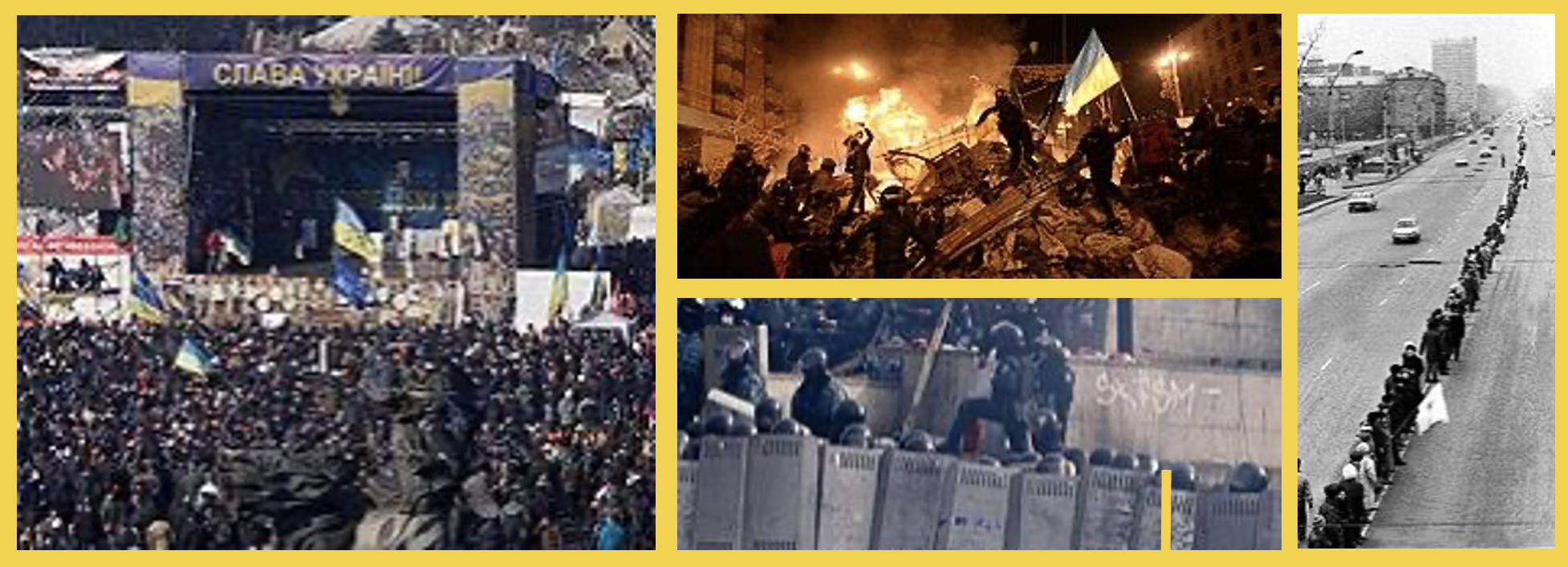DID YOU KNOW? UKRAINE’S FIGHT FOR FREEDOM IN THE PAST 2 DECADES
On August 24, Ukraine’s Independence Day, people around the world were reminded of the fragility and the value of national sovereignty. For Ukrainians, Independence Day is a poignant reminder of what can be accomplished if citizens unite against corruption and tyranny. The date commemorates the country’s 1991 separation from the Union of Soviet Socialist Republics (USSR), when the union collapsed. During the 23 years that followed, Ukraine labored its way through the process of creating a new, more democratic system of government and opening up trade opportunities with Europe. Five presidential elections took place between 1991 and November 2013, which many consider the beginning of the Ukrainian-russian war. That month, russia-sponsored Ukrainian President Viktor Yanukovych, feeling pressure from russia, backed out of a political association and free trade agreement with the European Union. The agreement—widely supported by the majority of the Ukrainian population and most members of the Ukrainian parliament—would have opened up markets to Ukraine that would significantly lessened its economic dependence on russia.
In response to Yanukovych’s withdrawal, large-scale, peaceful protests (known as Euromaidan) took place throughout the Ukraine. Over the next few months, discontent grew and a barricaded protestor camp in Kyiv’s Independence Square drew thousands. In response to what protestors identified as widespread corruption, abuse of power and police brutality, the demonstrations grew in intensity and size. During January and February, clashes between riot police and protesters resulted in the deaths of 182 protestors and 13 police, and injuries to more than a thousand people. Between February 18 and 21, protests escalated into an outright battle, involving more than 20,000 protestors. On February 22, Yanukovych was ousted from office by a parliamentary vote of 328-0 (of 450 parliamentary seats); at about the same time, police abandoned central Kyiv, protestors took control, and Yanukovych fled to russia. While western Ukrainians were largely supportive of the protests, the resulting changes in government and Yanukovich’s dismissal, the ousted president and his party did have some support in the east and south, which russia leveraged. It declared Yanukovych’s dismissal a coup and by March 2, russian troops had annexed Crimea.
In the wake of what has come to be known as the Revolution of Dignity or Maidan (February 18-23), much has transpired and Ukraine has continued to evolve: The 2004 amendments to the Constitution of Ukraine were restored, a new president (Petro Poroshenko) elected, and then, in 2019, Volodymyr Zelensky beat Poroshenko in a runoff in which he earned 73.22% of the votes. But since 2014, russia has continued to try to assert its authority over Ukraine, with the invasion in February 2022 being putin’s attempt to retake the country. Many historians and political analysts say the hubris of that act will be the dictator’s undoing. In the days following his attack on Kyiv in February 2022, Ukraine showed its might and determination. Since then, it has demonstrated its will to maintain its independence. Slava Ukraini!

